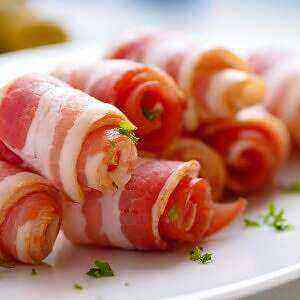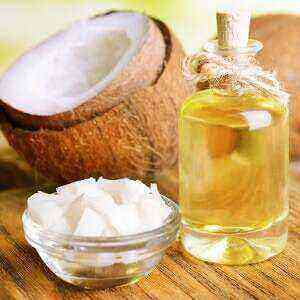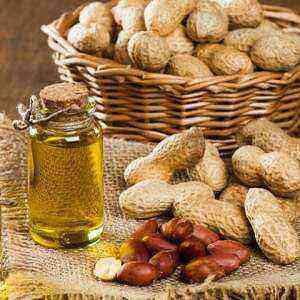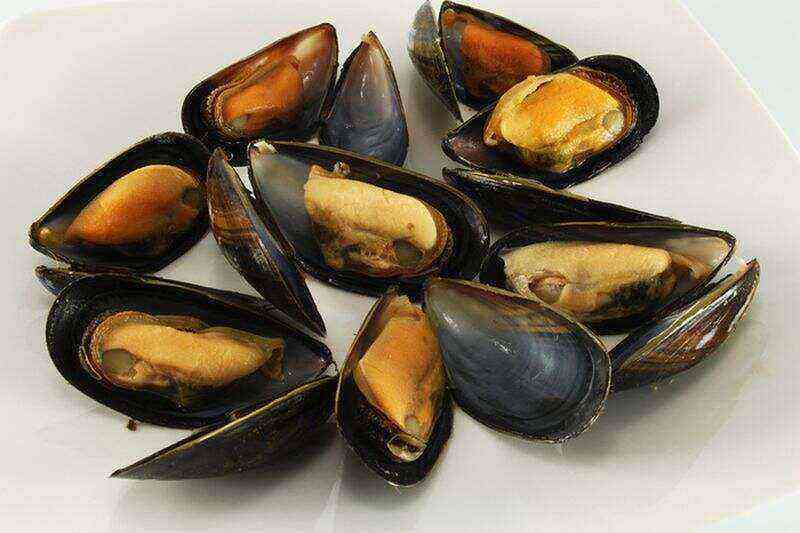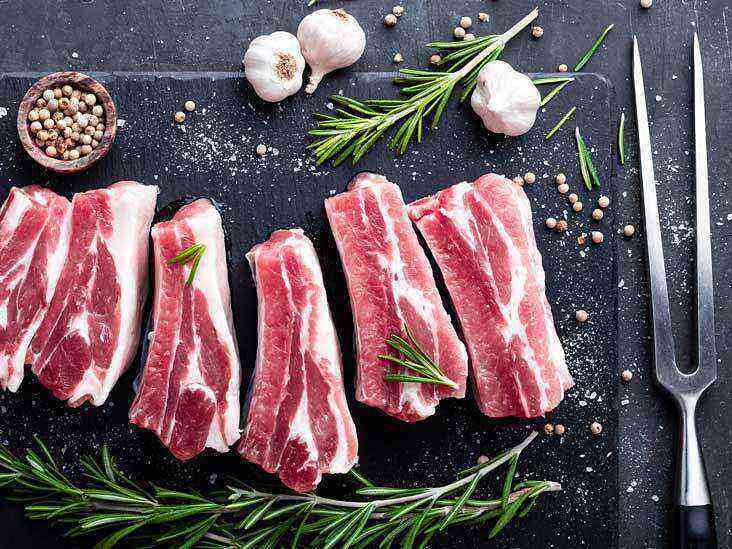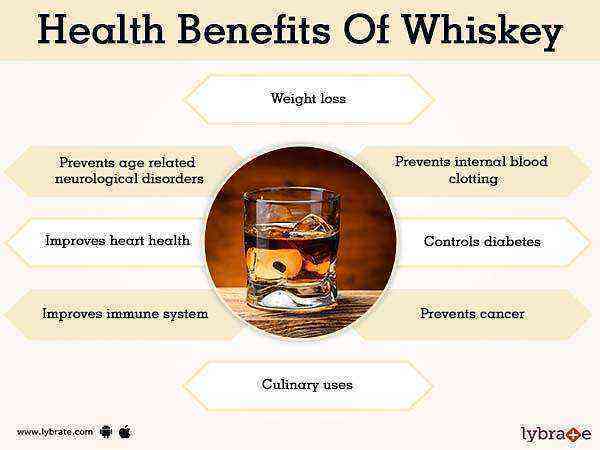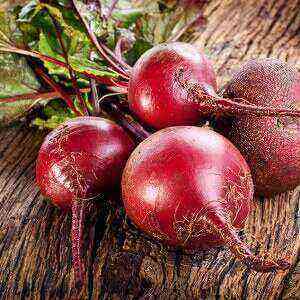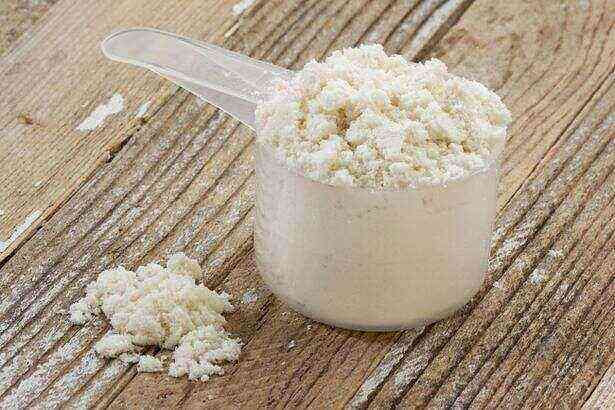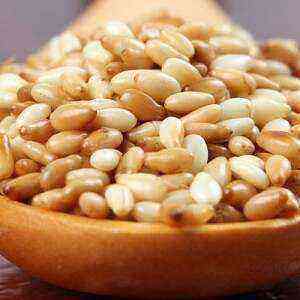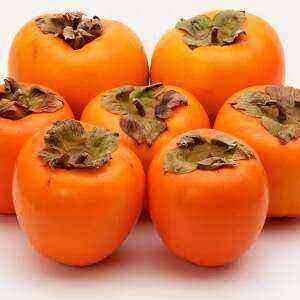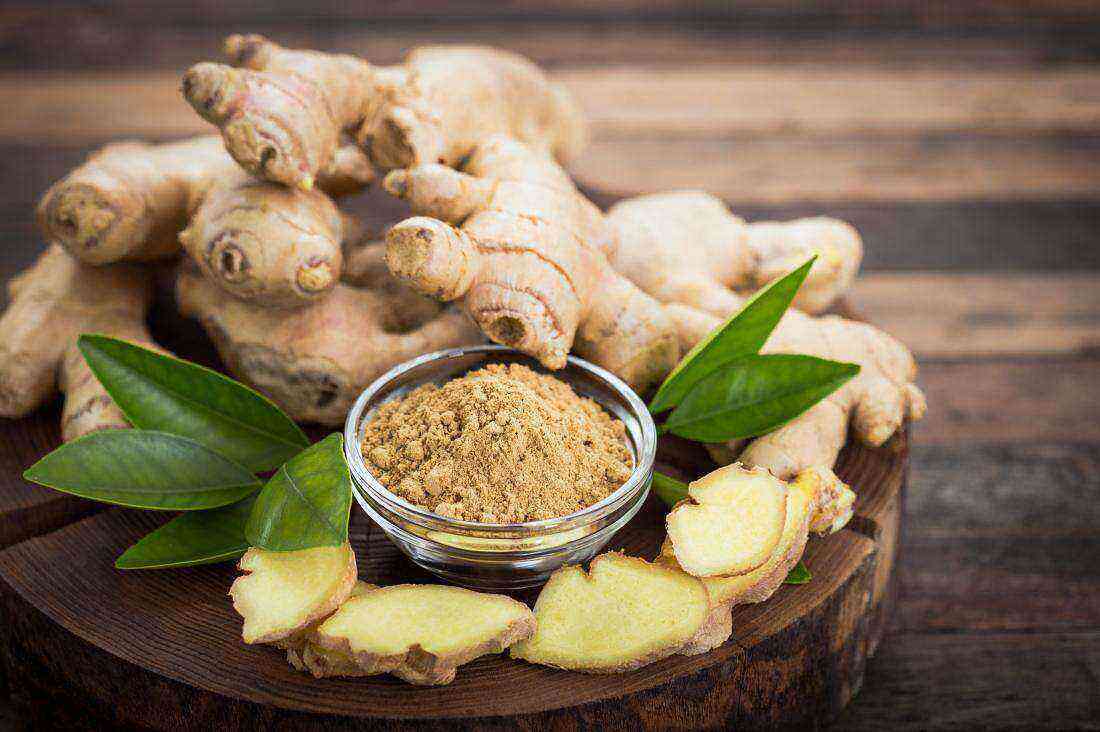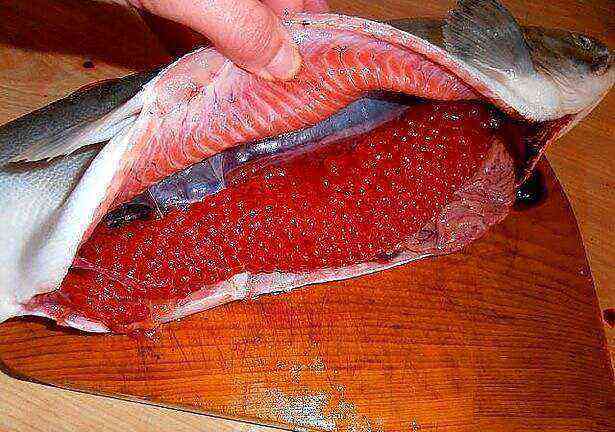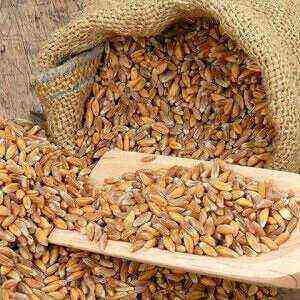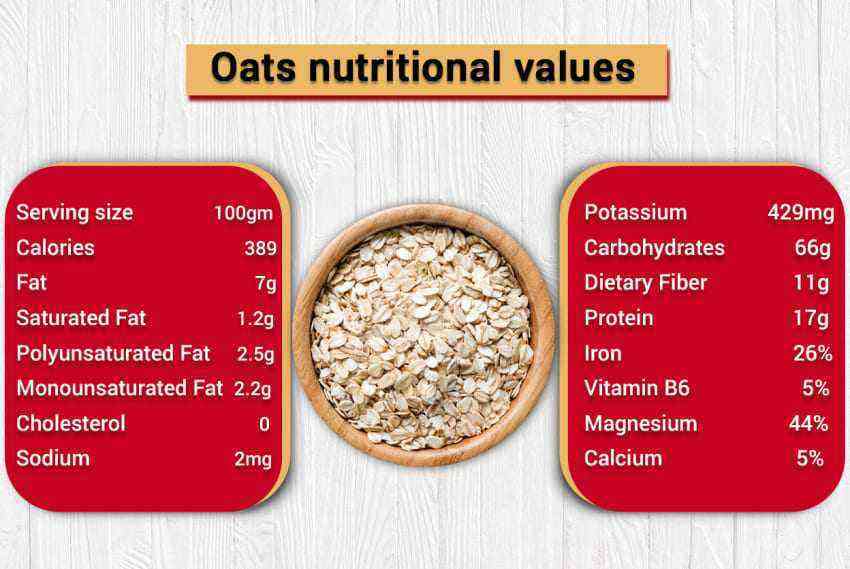
Beef is one of the few words printed in the Dahl Dictionary, which was illustrated with an image. The picture shows a conditional cow, on the body of which parts are cut out and numbered for butchering.
Product Benefits
Beef is a particularly valuable product in terms of nutritional value, satiety and benefits. It is necessary to use a few grams of the product to satisfy hunger and charge the body with energy for a long time. Protein products saturate faster than carbohydrate. If you combine beef meat (protein) with vegetables (fiber), the effect of satiety will last even longer.
Beef neutralizes hydrochloric acid, digestive enzymes and additional irritants that are present in gastric juice. Beef is indicated for people with acid and stomach problems. The meat normalizes the balance, restores the natural microflora and significantly reduces the unpleasant manifestations of pathology.
Surprisingly, beef is absorbed faster than fruits, vegetables and cereals. The body quickly and easily absorbs the necessary enzymes and digests meat. In the intestine do not have time to accumulate rotting elements and fermenting waste. If the body still contains pollution, the minimum load of meat gives him time for additional cleaning.
Experts call beef diet product and advise to enter it into the diet of each person. People of different build and with different goals need to monitor the time of reception of meat during the day. If you want to lose weight, then eat beef in the morning, a maximum – at lunch. You will have a supply of strength and energy for routine work and cardiovascular training for weight loss. Those who strengthen and build muscle can be injected meat even in the evening meals.
Fact: Beef is 4 times more nutritious than cow’s milk.
Calculate your personal KBMU (on the Internet there are many schemes) and try to strictly adhere to the permissible boundaries in the diet. If a person consumes exactly as many calories as the body can spend per day, weight gain / weight loss will not occur, muscle tone will increase, general well-being and performance will improve.
Chemical composition
Nutrient Balance (in milligrams based on 100 grams of raw product)
Potassium (K) 342 Calcium (Ca) 10 Magnesium (Mg) 27 Sodium (Na) 55 Sulfur (S) 230 Phosphorus (P) 211 Chlorine (Cl) 59 Iron (Fe) 2,5 Iodine (I) 0,0072 Cobalt (Co) 0,007 Manganese (Mn) 0,035 Copper (Cu) 0,00182 Molybdenum (Mo) 0,00116 Nickel (Ni) 0,0086 Tin (Sn) 0,0757 Fluorine (F) 0,063 Chromium (Cr) 0,082 Zinc (Zn ) 3,24
The most common cuts / pieces of beef
Entrecote Bovine meat, cut between the rib and the back of the animal. Used for frying and baking. Basturma A piece of pressed meat with spices and herbs. Oxtail Beef offal. They are used for making soups and broths, less often they are baked in the oven due to the small amount of meat. Udders Beef udders are a popular ingredient all over the world. It is recommended to buy from a trusted butcher and boil, stew, add to salads, pickle. The meat is tender and milky. Beef fat Used as deep fat. Beef edge Soft meat made from fine fiber, cut from 4 or 5 ribs. Used for roast beefs and steaks. Minion The softest and softest part of the tenderloin. Ham The back of the beef carcass on the bone. The ham is smoked, fried whole or boiled. Ribeye Cut from the dorsal region, which is closer to the neck. Suitable for steaks. Scar The pancreas, which is composed of smooth muscle fibers. The trebuha is thoroughly cleaned, boiled and blanched. Ssec Soft boneless meat from the upper thigh. Used only for stewing or making soups. Language A by-product of the 1st category. The main thing is that the tongue does not belong to an adult animal, but to a dairy goby. Then the product will be soft, tender and milky in taste. Light Often used as a filling for meat pies. Heart It is important to properly cut the heart (along the veins) and bake, boil, fry with spices. Tournedos Small pieces of tenderloin that are cut across the grain have the most delicate texture and rich flavor. Fillet Internal vertebral muscle (located on the back of the tenderloin girdle). The most expensive part of the mascara. The meat is tender, lean, with fine fibers. Shafts Portions of meat that are served on the bone in the form of steaks. Suitable for cooking jellied meat. Do not use broth shanks. The meat will give an unpleasant taste and a too viscous consistency. Brain Do you still think that the brain is a refined whim of spoiled gourmets? In fact, this is a common offal that is great for minced meat and fillings. Ribs Tender ribs are great for grilling and roasting. Tenderloin The back of the carcass with the most tender meat. The muscles that envelop the tenderloin have hardly been involved, which is why the ingredient is highly prized in cooking. Shoulder Lean, tough meat suitable for boiling and stewing. Knife Beef leg – an attribute of wealth and abundance. Suitable for roasting and roasting whole on the grill. Shank Forearm meat for rich broths. Rump A lean piece of rump. Only suitable for extinguishing due to coarse fibers. Flank Pulp from the breast of livestock. Fatty meat for minced meat and broths.
Use in cooking
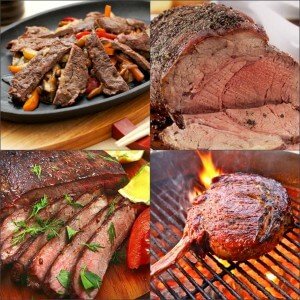
What to do with beef:
- stew;
- boil;
- fry;
- bake;
- marinate;
- grill / open fire;
- add to salads;
- to smoke;
- wilt;
- chop (for stuffing).
Beef is firmly rooted in the culinary traditions of the world. No one will ever be surprised by English roast beef, American filet mignon or Mexican chili con carne. The modern chef who has mastered the skills of basic cooking of beef, is looking for new unusual combinations, methods of cooking and serving.
The pledge of a delicious dish is quality meat. Responsibly approach the choice of supplier and heat treatment of meat to reduce the risk of infection by parasites. You can enjoy the meal only in case of maximum safety and confidence in the product.
Beef recipe in wine sauce
Nutritional value (based on 100 grams of finished dish)
Calories Proteins Fats Carbohydrates 445 kCal 28 g 28,2 g 8,2 g
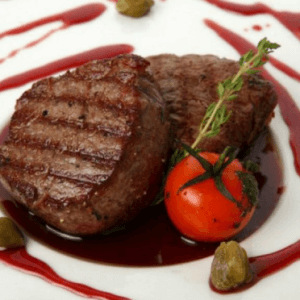
- olive oil – 20 g;
- fresh champignons – 300 g;
- broth – 500 ml;
- beef – 500 g;
- Garlic – 3 cloves;
- Paprika – 1 teaspoon;
- whole wheat flour – 25 g;
- sour cream (10% fat) – 100 g.
Preparation
Heat olive oil in a deep frying pan. Make the fire stronger, add fresh champignons (it is recommended to cut equal parts into the 4 mushroom). Fry the 4-5 mixture for minutes, then remove the mushrooms on a separate plate. Do not rush to immediately wash the pan. Heated oil and mushroom juice can be reused. Prepare the beef steaks and place them in the pan. Reduce heat to medium, fry meat for 5 minutes on each side. Before you turn the meat you need to slow down the fire, put spices / herbs and flour in the dish. Leave the meat on the 1-2 for a minute, and then roll over. Pour the broth into the pan and simmer the meat for 10 minutes.
Tip: you can add white wine to the broth to get a thick sauce with a pleasant sweetish taste.
Take out the prepared meat, add sour cream and extra spices (if necessary), distribute the mixture over the whole steak and serve with your favorite side dish.
Recipe for beef stew in sour cream
Nutritional value (based on 100 grams of finished dish)
Calories Proteins Fats Carbohydrates 229 kCal 16,1 g 14,1 g 10 g

- beef – 300 g;
- sour cream (10% fat) – 4 tablespoons;
- salt and ground black pepper to taste;
- onion – 1 head;
- whole wheat flour – 2 tablespoons.
Preparation
Cut the beef into thin slices and send to a pre-heated pan with olive oil and onions. As the meat takes on a golden hue (4-5 minutes of roasting), pour in a small amount of water.
Water should completely cover the beef. Watch the fluid level and try to replenish it periodically.
Bring the mixture to a boil, reduce heat, cover and simmer, stirring occasionally, until cooked. Drain the liquid from the finished dish, add sour cream and stew for a few more minutes until completely dissolved. In a separate glass you need to mix ice water and flour. Enter the mixture to the meat and sour cream, cover with a lid and leave 3-4 to simmer for a minute.
Tip: water with flour will provide a special viscous consistency of the sauce. It will resemble gravy. If you want to increase the amount of gravy – pour in more ice water.
Противопоказания
Remember, any product is potentially dangerous if a person does not control the rate of consumption. Too much meat (as well as uncontrolled intake of another product), affects the state of the body and can lead to irreversible consequences.
Who needs to be responsible for eating meat?
- Patients with excess weight. To adjust the weight you need a certain amount of protein. An increase in the norm does not lead to rapid weight loss, but, on the contrary, removes it. Calculate the level of the daily KBMU (based on weight / height / age / goals) and strictly adhere to the intended plan.
- People with oppressed protective function of immunity. Active consumption of meat adversely affects the immune system, makes the human body more vulnerable and defenseless.
- Patients with pathologies of the cardiovascular system. The composition of meat includes cholesterol, which adversely affects the internal organs.
- Patients of the older age category. With age, metabolic processes slow down. The 60-year-old grandfather will find it much more difficult to digest beef meat than the food system of his 10-year-old grandson.

- weight gain;
- violation of capillary permeability;
- development of osteochondrosis;
- the occurrence of gout;
- the formation of cancers in the organs of the gastrointestinal tract;
- the occurrence of pathologies of the cardiovascular system;
- development of urolithiasis;
- decrease in the protective function of immunity.
How to choose beef
The choice of meat should be approached as carefully and responsibly as possible. Unscrupulous sellers can work to the detriment of the quality of the goods, getting the maximum income. Below is a list of tips, thanks to which everyone will be able to protect themselves and acquire a healthy nutritional ingredient for the diet.
A personal butcher is the key to a quality product
The best thing that a resident of a megapolis can do is to get contacts from a quality supplier or direct seller of meat. You must trust the butcher, so ask for all the documents confirming the quality and safety of his activities and products. Such contacts are worth their weight in gold, so find out from your friends and acquaintances about a quality supplier. The cost of meat differs little from the market. Agree, it is better to overpay a little per kilogram, but be confident in your own safety.
Features of color
Color is one of the most important signs of freshness. Beef should take on a bright red hue without pollution, blue or purple streaks.
Surface specificity
Beef should not have dried crusts, spots, foreign colors, mucus and pus. No meat should be drained over the meat. If you put your hand to a quality piece of beef, your hand will remain almost dry.
Do a banal test. Touch the surface of the meat and gently push it. The meat should spring up a little and return to its original shape. If there are dents on the piece, on which the juice flows, find a more suitable product.
Smell
Beef should not produce pernicious odors. The subtle aroma of fresh meat is easily perceived by the receptors and is quoted as pleasant. Smell the beef you want. If even one smallest detail in the smell is alarming – refuse to buy.
Fat
Fat is another important indicator of cut freshness. It must be white and acquire the right consistency. Beef fat crumbles and is easily extracted from meat. Fat does not have a bitter and unpleasant smell. Its flavor should be identical to the meat.
